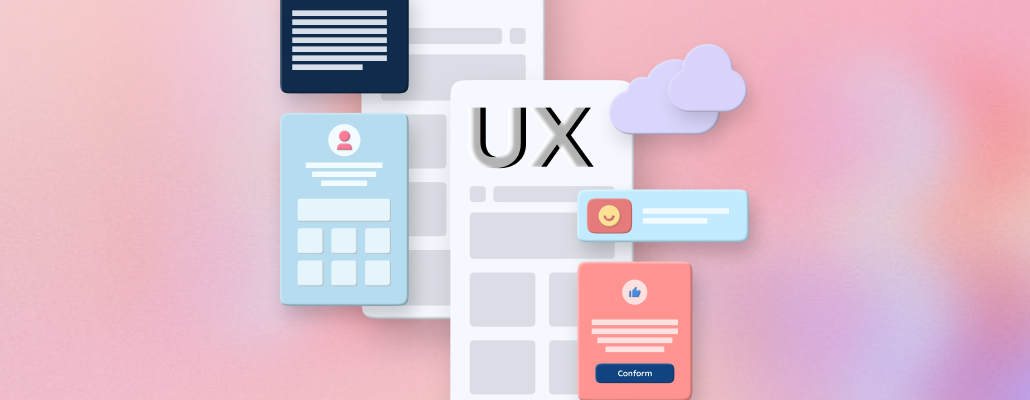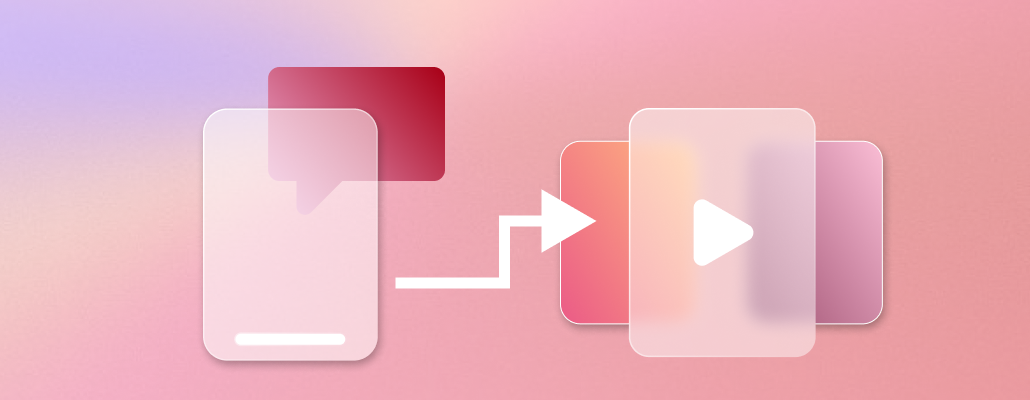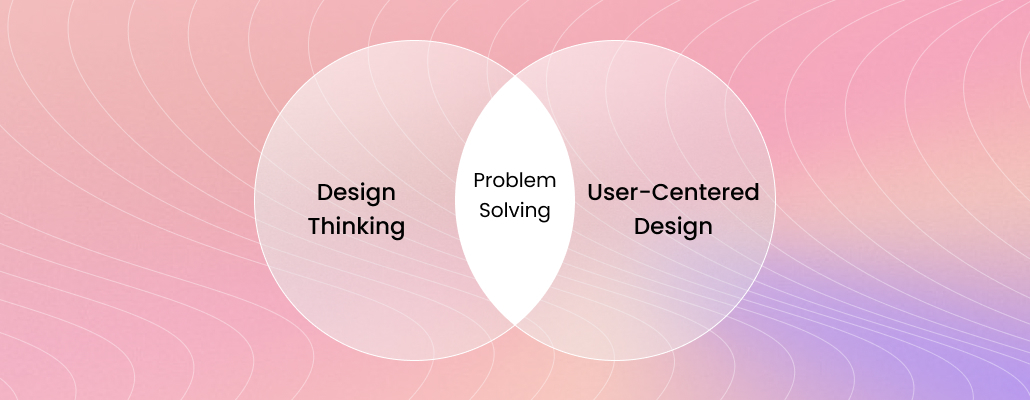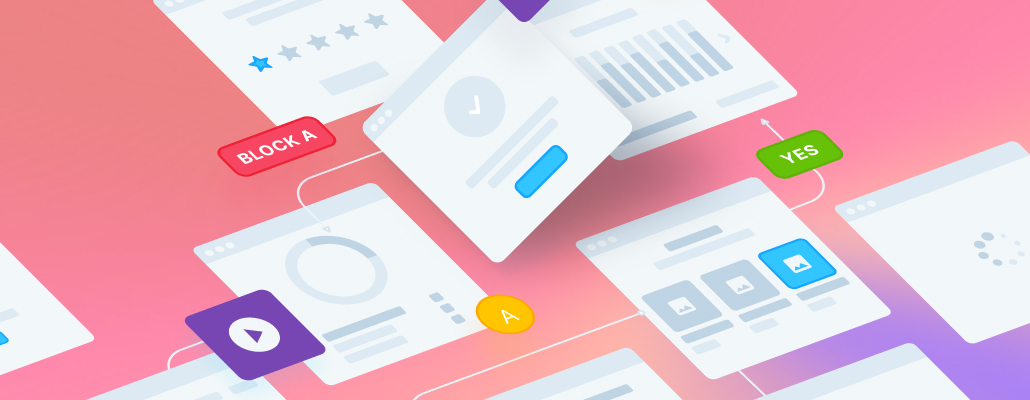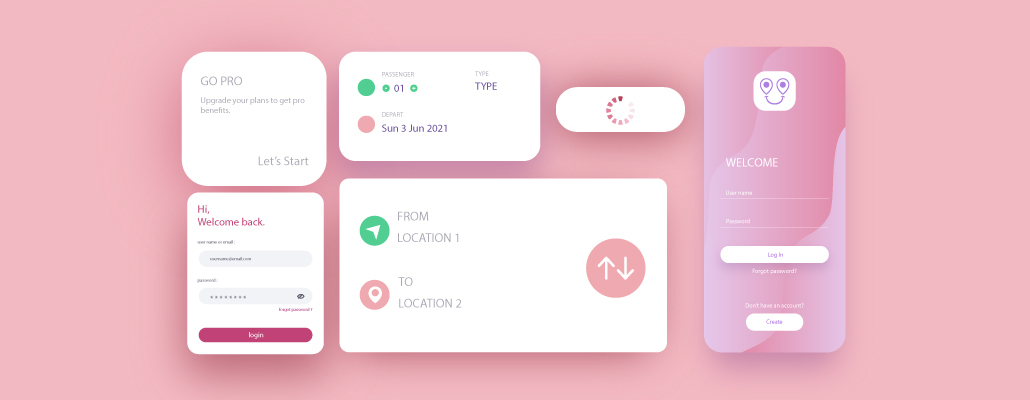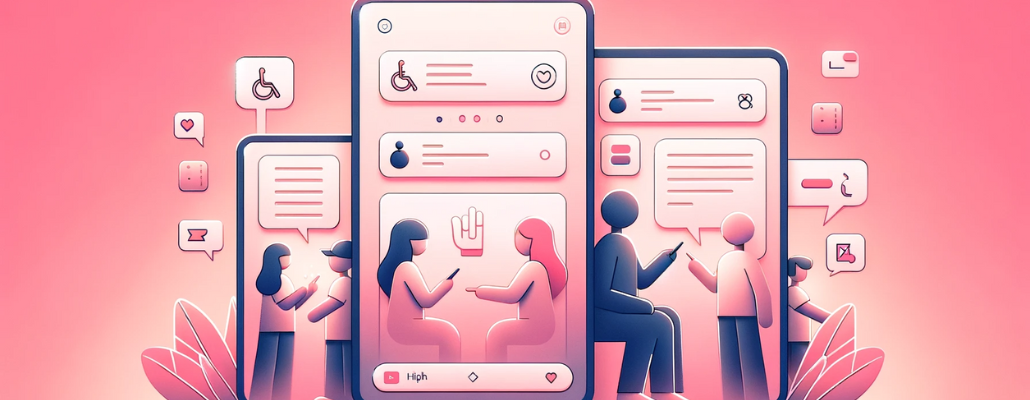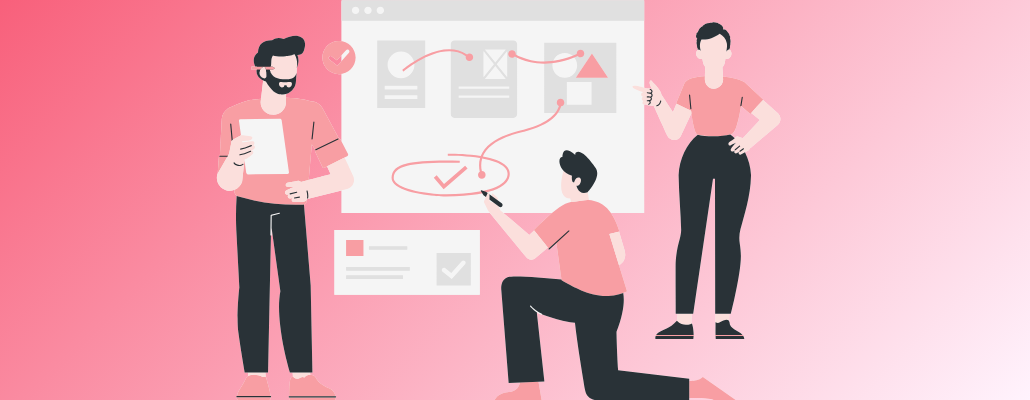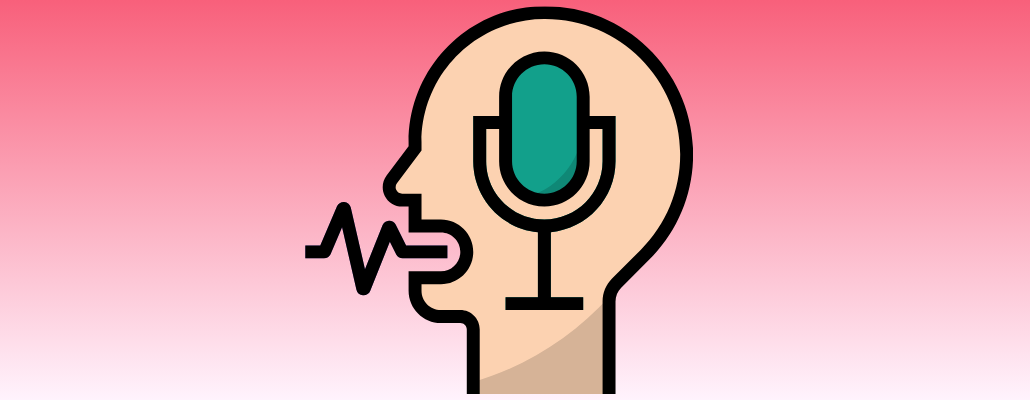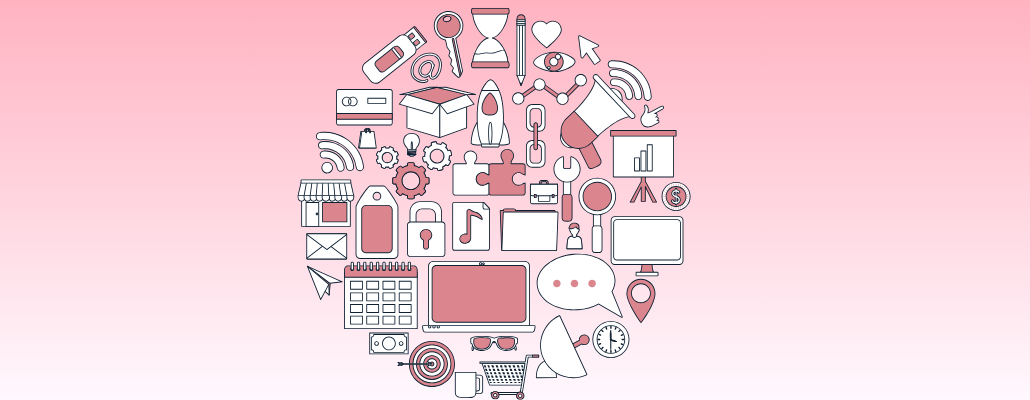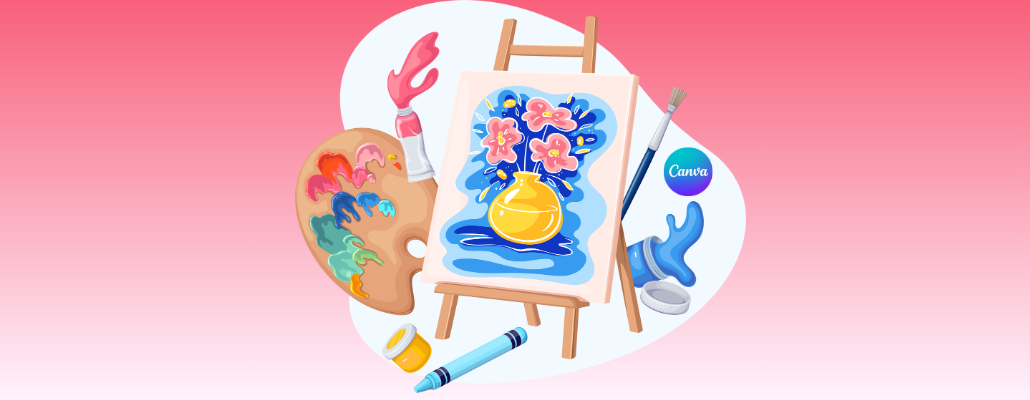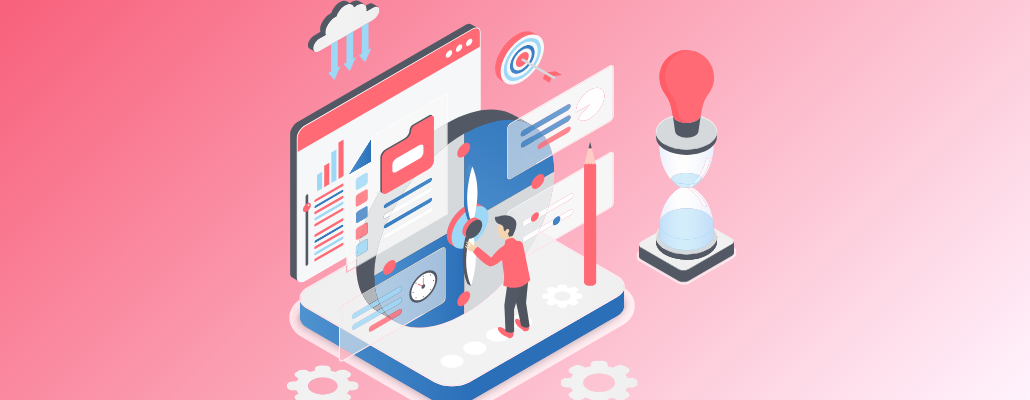The 11 Best Ways To Improve Your Website's UI/UX Design
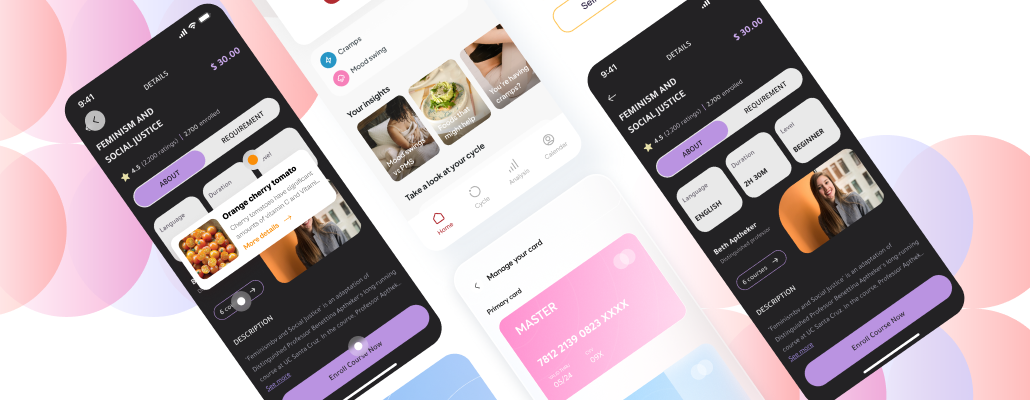
As a website owner, it's important to understand what UI/UX design is and how it can impact your website. UI/UX design is the process of designing user interfaces and user experiences. It's all about creating a website that is easy to use and navigate, while also providing a great user experience.
Here are the 11 Best Ways to Improve Your Website's UI/UX Design
1. Keep it Simple
The first rule of thumb for good UI/UX design is to keep it simple. This applies to both the interface itself and the content within it. Too much clutter will only serve to confuse users and make your website more difficult to navigate. Stick to a clean, straightforward design with clear and easy-to-understand labels and navigation.
2. Make It Intuitive
Another key aspect of good UI/UX design is making sure that the interface is intuitive and easy to use. Users should be able to figure out how to use your website without needing any instructions. Everything should be self-explanatory and in logical order. A good way to achieve this is by using common conventions such as putting the search bar in the top right corner or having a “contact us” page in the footer.
3. Use White Space Wisely
Whitespace, or negative space, is the area around elements on a page. It’s important to use whitespace effectively in order to create a hierarchy of information and give users’ eyes a break from all the text and graphics. Too little whitespace can make a page feel cramped while too much can make it look empty and uninviting. Just like everything else in UI/UX design, finding the right balance is key.
4. Pay Attention to Color
Color plays a big role in both UI and UX design. The colors you choose for your
5. Make use of negative space
Another great way to improve your website's UI/UX design is to make use of negative space. This is the empty space around elements on your page. Using negative space can help to create a more visually appealing and user-friendly interface.
6. Use typography to create hierarchy and contrast
Typography is another powerful tool that can be used to improve your website's UI/UX design. By carefully selecting and using different typefaces, you can create hierarchy and contrast within your design. This can help to make your interface more intuitive and easy to use.
7. Use color judiciously
Color is another important element of UI/UX design. When used judiciously, color can help to create visual interest, contrast, and emphasis within your design. However, it's important to avoid using too much color, as this can be overwhelming for users.
8. Use icons and imagery sparingly
Icons and imagery can be a great way to add visual interest to your website's UI/UX design. However, it's important not to overdo it with these elements. Too many icons or
9. Ease of use:
The design should be intuitive and easy to use. Users should be able to find what they're looking for quickly and easily.
10. Visual appeal:
The design should be visually appealing and pleasing to look at. It should also be consistent with the overall branding of the website.
11. Functionality:
The design should be functional and provide a good user experience. All elements should work together seamlessly to create a smooth user experience.
Helpful Resources for Improving Website's UI/UX Design
If you're looking to improve your website's UI/UX design, there are a few helpful resources that can get you started.
One great resource is the book "The Design of Everyday Things" by Don Norman. This book covers the basics of good design and how to create user-friendly interfaces.
Another helpful resource is the website UX Booth. This site offers articles, tutorials, and case studies on all things UX design.
Finally, if you want to stay up-to-date on the latest in UX design, make sure to follow some keep visiting Tangent blogs for latest design trends.
